Common Lime / Spring / Summer / Autumn / Edible
Common Names
Common lime, European Lime, Linden.
Botanical Name
Tilia x Europaea
Scientific Classification
Kingdom – Plantae
Order – Malvales
Family – Malvaceae
Physical Characteristics for Lime
Stems/Bark
Young trees have grey/brown smooth bark which becomes more gnarled over time. Suckers or side shoots are common around the base of the trunk.
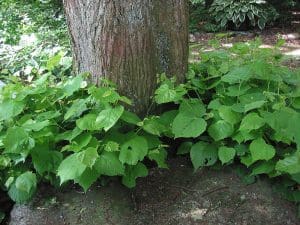
Leaves
The leaves are heart shaped and asymmetrical. The younger translucent one’s are better to eat.
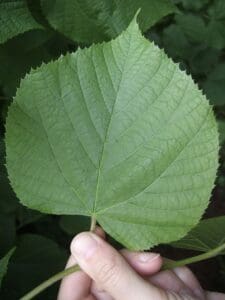
Flowers
Small yellow/white flowers which hang from a leaf bract. They have a sweet, honey like scent.
Seeds/Fruits
The flowers develop into hard, round, brown seeds.
Habitat
Very common, native to the UK and Europe. Lime is commonly found on tree lined streets, parks and mixed woodlands.
Known Hazards
None known.
Could be Confused with
There are a few lime species growing in the UK and it can be hard to differentiate them as they readily hybridise with each other, but they are all safe to eat.
A good way to tell true species apart is by looking at the underside of the leaf. Common lime (Tilia x europaea) has tufts of white hairs at the end of twigs, whereas in small-leaved lime (Tilia cordata) these are rusty red. Large-leaved lime (Tilia platyphyllos) has hairs all over the underside. Common lime is a hybrid and is rare in the wild in the UK.
Edible Uses
The young, almost translucent leaves are the best for eating, they make a nice addition to a salad.
The fruit including the leaf bract are best dried and used for Linden tea.
Notes on Herbal uses
Lime has been used in European folk medicine for centuries to treat a wide range of health problems associated with anxiety. The flowers were steeped as a tea to relieve anxiety related to indigestion, irregular heartbeat, and vomiting. Today, linden is used in many cough and cold remedies. Active ingredients in linden help promote sweating, which may help treat people with fevers. However, scientific evidence on linden’s effectiveness is lacking.
Extra notes from the Foragers
Lime trees produce soft and easily worked timber, which has very little grain, making it a popular wood for model building and for intricate carving.
The tree can become covered with elongate red tack-like galls on the upper side of leaves. This is due to the feeding activities of a gall mite and looks pretty amazing.
 Resources
Resources



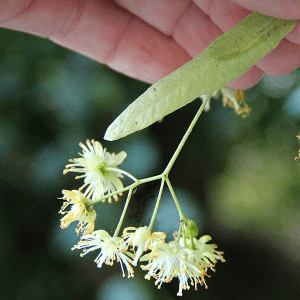

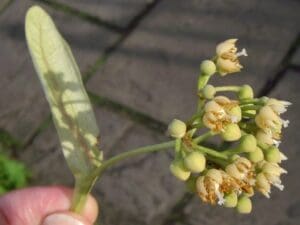
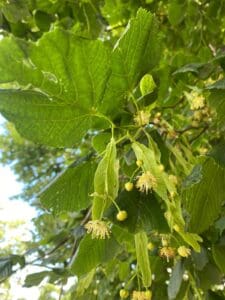
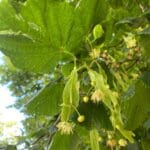

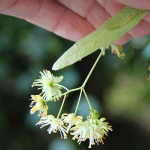
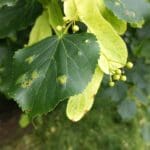
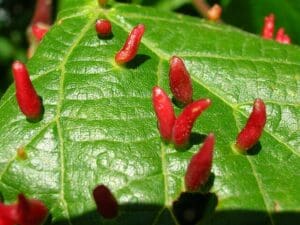 Resources
Resources

